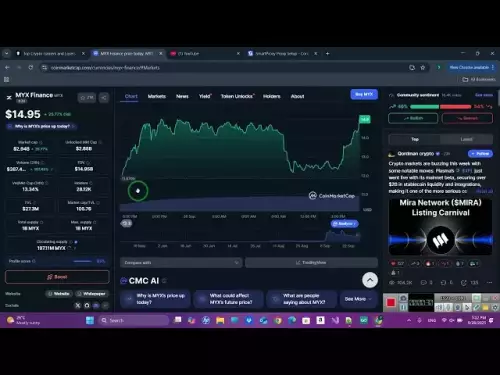-
 bitcoin
bitcoin $109547.008142 USD
0.04% -
 ethereum
ethereum $4011.838726 USD
-0.05% -
 tether
tether $1.000402 USD
-0.01% -
 xrp
xrp $2.798606 USD
0.88% -
 bnb
bnb $970.877944 USD
1.39% -
 solana
solana $202.237275 USD
-0.95% -
 usd-coin
usd-coin $0.999673 USD
0.00% -
 dogecoin
dogecoin $0.229294 USD
-1.15% -
 tron
tron $0.336370 USD
-0.45% -
 cardano
cardano $0.777260 USD
-1.66% -
 hyperliquid
hyperliquid $45.503019 USD
1.73% -
 ethena-usde
ethena-usde $1.000362 USD
0.01% -
 chainlink
chainlink $20.785303 USD
-1.10% -
 avalanche
avalanche $28.755822 USD
-0.11% -
 stellar
stellar $0.358303 USD
-0.48%
What Is a Digital Asset Management (DAM)?
Digital Asset Management (DAM) systems store and organize vast amounts of digital files, offering efficient asset retrieval, access control, and versioning capabilities.
Oct 31, 2024 at 03:04 pm

What Is a Digital Asset Management (DAM)?
A Digital Asset Management (DAM) is a software or platform meant to store, organize, and manage large volumes of digital assets. It simplifies the categorization and retrieval of files, making them easily accessible for various purposes.
Functions of a DAM
- Storage and Organization: DAMs provide a centralized platform to store and manage various file formats, such as images, videos, audio, and documents. They offer features to create folders, hierarchical structures, and metadata tags to organize assets efficiently.
- File Retrieval: DAMs enable quick and easy retrieval of files based on multiple parameters, such as keywords, file types, creation dates, and tags. This saves time and effort compared to manually searching through multiple folders.
- Access Control: DAMs allow administrators to assign different roles and access levels to users, ensuring that only authorized personnel can access specific assets. This helps maintain the security and privacy of confidential information.
- Versioning: DAMs provide version control, allowing users to track changes and retain different versions of files. This is particularly useful when collaborating on projects or maintaining historical records.
- Metadata Management: DAMs enable the creation and management of metadata for each asset, providing valuable information such as file names, descriptions, keywords, and creation details. This metadata enhances searchability and aids in categorizing and organizing assets.
Benefits of Using a DAM
- Improved Efficiency: DAMs streamline the asset management process, reducing time spent on searching for and organizing files. It eliminates the need for manual file management, freeing up time for more productive tasks.
- Enhanced Productivity: By centralizing assets and providing intuitive search capabilities, DAMs empower teams to collaborate seamlessly and access the files they need quickly. This boosts productivity and reduces bottlenecks.
- Increased Control: DAMs provide a single source of truth for all digital assets, allowing organizations to maintain control over their distribution and usage. The access control features ensure compliance with data protection regulations.
- Reduced Costs: DAMs can assist organizations in reducing storage costs by consolidating assets in a cost-effective manner. They also eliminate the need for physical storage media and reduce the overhead associated with manual file management.
- Scalability: DAMs can handle large volumes of assets, and they can be scaled up or down as organizations grow or their needs change. This ensures that the platform remains functional and efficient even as the asset library expands.
Disclaimer:info@kdj.com
The information provided is not trading advice. kdj.com does not assume any responsibility for any investments made based on the information provided in this article. Cryptocurrencies are highly volatile and it is highly recommended that you invest with caution after thorough research!
If you believe that the content used on this website infringes your copyright, please contact us immediately (info@kdj.com) and we will delete it promptly.
- BlockchainFX, Binance Coin, Cardano: Decoding the Crypto Landscape in 2025
- 2025-09-29 04:45:12
- Cathie Wood, Bitcoin, and the Future of Monetary Standards: A New York Perspective
- 2025-09-29 04:25:17
- Crypto Presales Under the Microscope: BlockDAG, HYPER, and the Hunt for the Next Big Thing
- 2025-09-29 04:25:17
- Ethereum Bulls Eye $4,000: Is the Rally Sustainable?
- 2025-09-29 05:05:14
- Aster Price Surge: Bullish Breakout or Falling Wedge Fiasco?
- 2025-09-29 04:45:12
- Aptos Price Prediction: Will the Velociraptor Upgrade Trigger a Rally?
- 2025-09-29 04:50:01
Related knowledge

What is a token economy?
Sep 20,2025 at 12:18am
Understanding the Foundations of a Token Economy1. A token economy in the context of cryptocurrency refers to a system where digital tokens are used a...
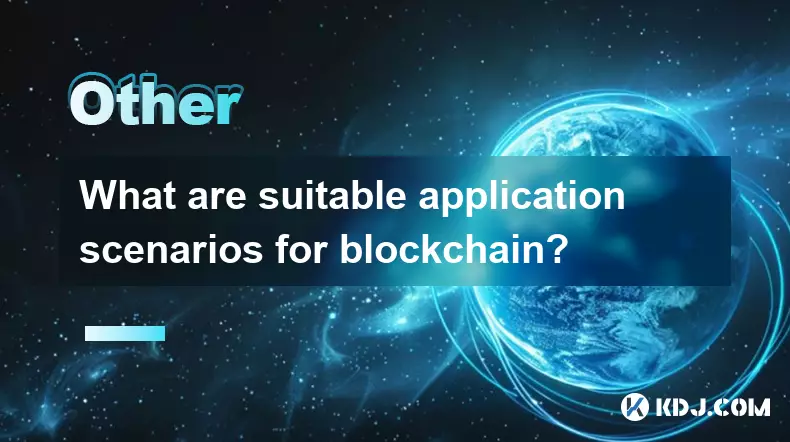
What are suitable application scenarios for blockchain?
Sep 20,2025 at 03:19am
Decentralized Finance (DeFi) Platforms1. Blockchain enables the creation of financial services without centralized intermediaries, allowing users to l...
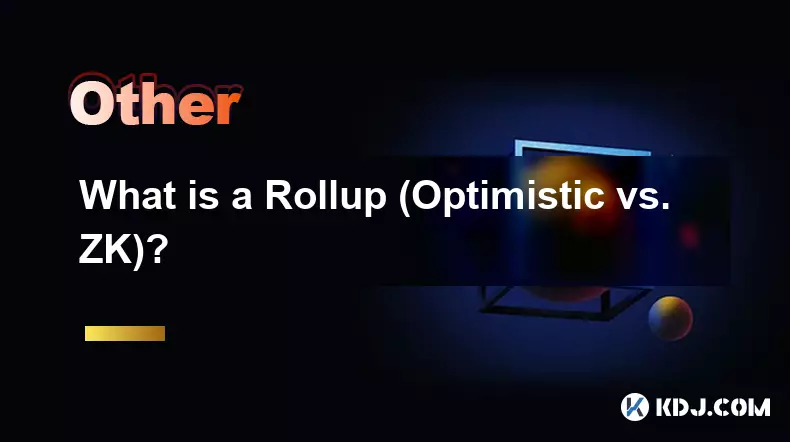
What is a Rollup (Optimistic vs. ZK)?
Sep 22,2025 at 03:00pm
Understanding Rollups in Blockchain Technology1. Rollups are layer-2 scaling solutions designed to increase transaction throughput on blockchains like...
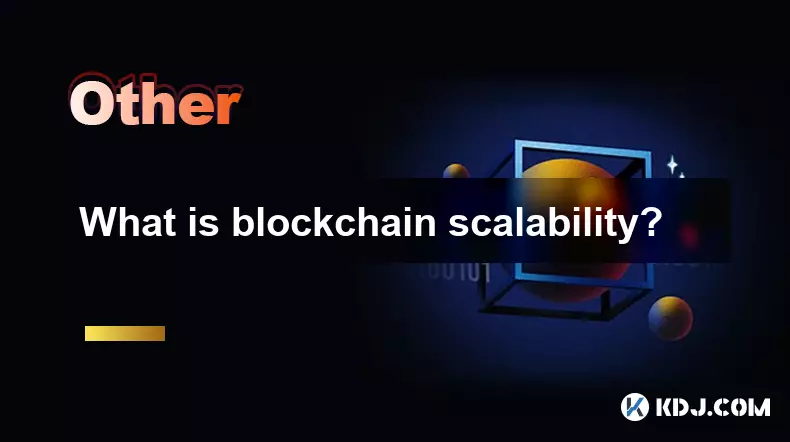
What is blockchain scalability?
Sep 19,2025 at 06:18am
Understanding Blockchain Scalability1. Blockchain scalability refers to a network's ability to handle an increasing number of transactions without com...
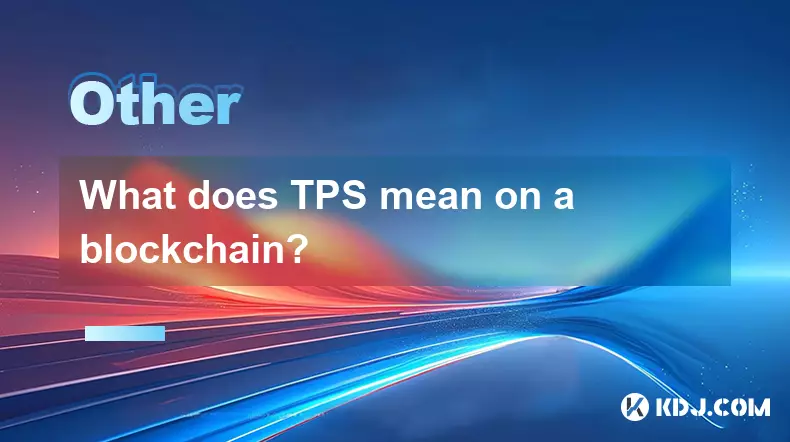
What does TPS mean on a blockchain?
Sep 21,2025 at 09:54am
Understanding TPS in Blockchain Technology1. TPS stands for Transactions Per Second, a metric used to measure the number of transactions a blockchain ...
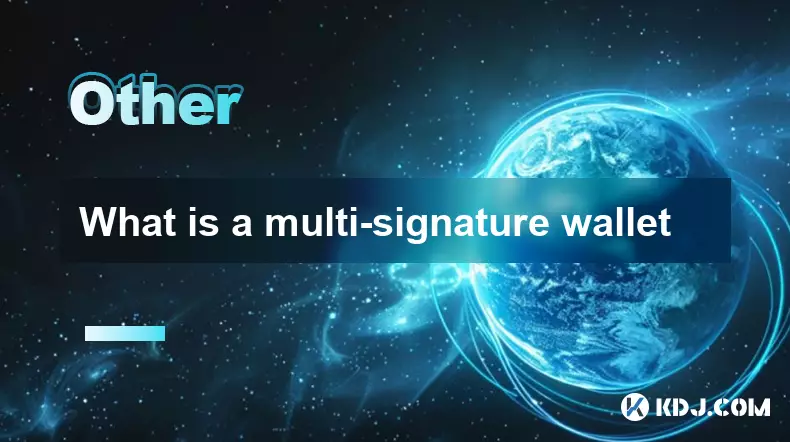
What is a multi-signature wallet
Sep 20,2025 at 07:00am
Understanding Multi-Signature Wallets in Cryptocurrency1. A multi-signature wallet, often referred to as a multisig wallet, is a type of cryptocurrenc...

What is a token economy?
Sep 20,2025 at 12:18am
Understanding the Foundations of a Token Economy1. A token economy in the context of cryptocurrency refers to a system where digital tokens are used a...

What are suitable application scenarios for blockchain?
Sep 20,2025 at 03:19am
Decentralized Finance (DeFi) Platforms1. Blockchain enables the creation of financial services without centralized intermediaries, allowing users to l...

What is a Rollup (Optimistic vs. ZK)?
Sep 22,2025 at 03:00pm
Understanding Rollups in Blockchain Technology1. Rollups are layer-2 scaling solutions designed to increase transaction throughput on blockchains like...

What is blockchain scalability?
Sep 19,2025 at 06:18am
Understanding Blockchain Scalability1. Blockchain scalability refers to a network's ability to handle an increasing number of transactions without com...

What does TPS mean on a blockchain?
Sep 21,2025 at 09:54am
Understanding TPS in Blockchain Technology1. TPS stands for Transactions Per Second, a metric used to measure the number of transactions a blockchain ...

What is a multi-signature wallet
Sep 20,2025 at 07:00am
Understanding Multi-Signature Wallets in Cryptocurrency1. A multi-signature wallet, often referred to as a multisig wallet, is a type of cryptocurrenc...
See all articles






















